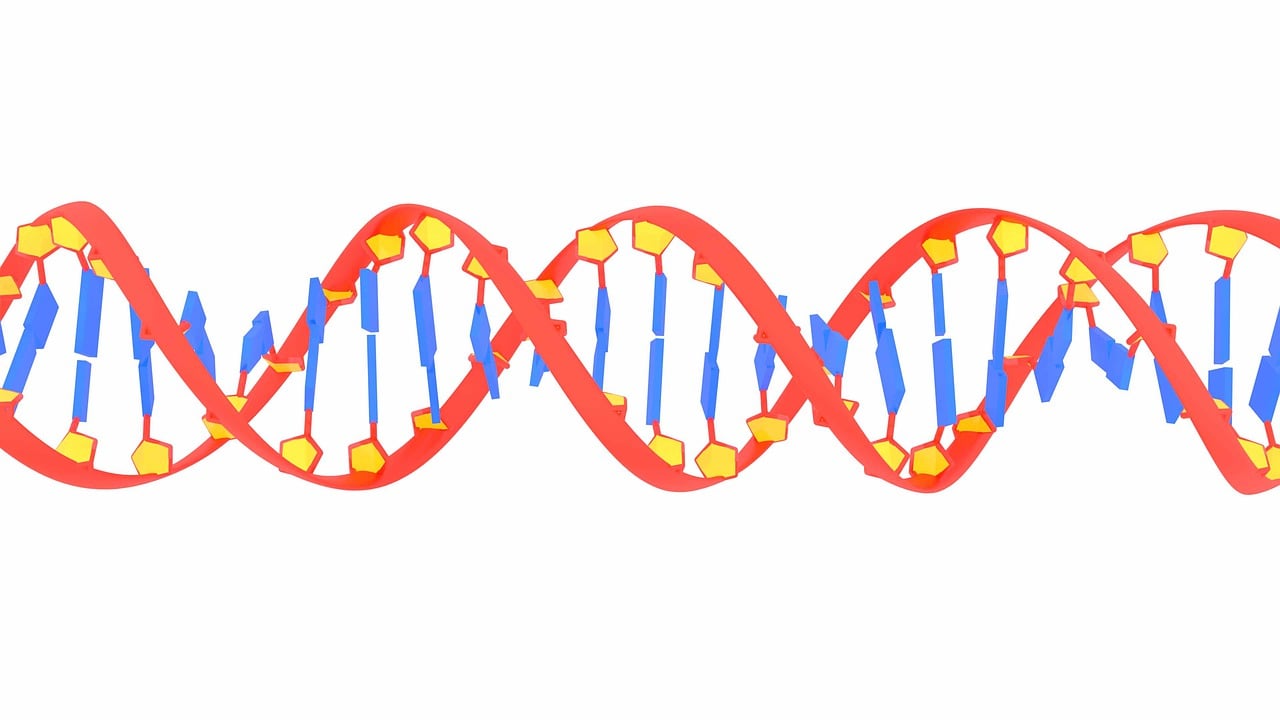A breakthrough study has revealed that researchers at the Centre for Genomic Regulation (CRG) have designed an artificial intelligence (AI) system to generate synthetic DNA molecules that will allow them to optimize gene expression in healthy mammalian cells. The research, which appeared in the journal Cell, is a breakthrough in the science of generative biology.
The computer program forecasts individual strands of DNA building blocks (A, T, C, and G) needed to create desired patterns of gene expression in various types of cells. Researchers constructed these AI-designed DNA pieces and inserted them into cells, where they could be switched on and off.
In one experiment, AI-designed DNA fragments were inserted into mouse blood cells. The fragments integrated into the host genome and made a gene turn on for making a fluorescent protein in certain cells but had no effect on the others’ gene expression profiles. This indicates the possibility of highly specific gene therapy, where there is very precise control of a gene’s activity in certain cells or tissues.
The AI model was trained on the outcomes of thousands of blood formation experiments specifically analyzing enhancers (DNA sequences that enhance gene activity) and transcription factors (proteins that regulate gene expression). The massive dataset allowed the AI to learn the complex interplay between DNA sequence and gene expression.
The study also revealed novel information about the complex relationship between enhancers and transcription factors. Of special interest, scientists discovered that certain groups of transcription factors can repress the activity of genes, a function that is opposite to existing postulates. This research is an important step in our ability to instruct cells and guide their activity with unprecedented accuracy. The ability to engineer DNA that precisely controls gene expression holds deep implications for basic research, as well as for possible treatments.
Last Modified:
Graduated from the University of Kerala with B.Sc. Botany and Biotechnology. Attained Post-Graduation in Biotechnology from the Kerala University of Fisheries and Ocean Science (KUFOS) with the third rank. Conducted various seminars and attended major Science conferences. Done 6 months of internship in ICMR – National Institute of Nutrition, Hyderabad. 5 years of tutoring experience.





